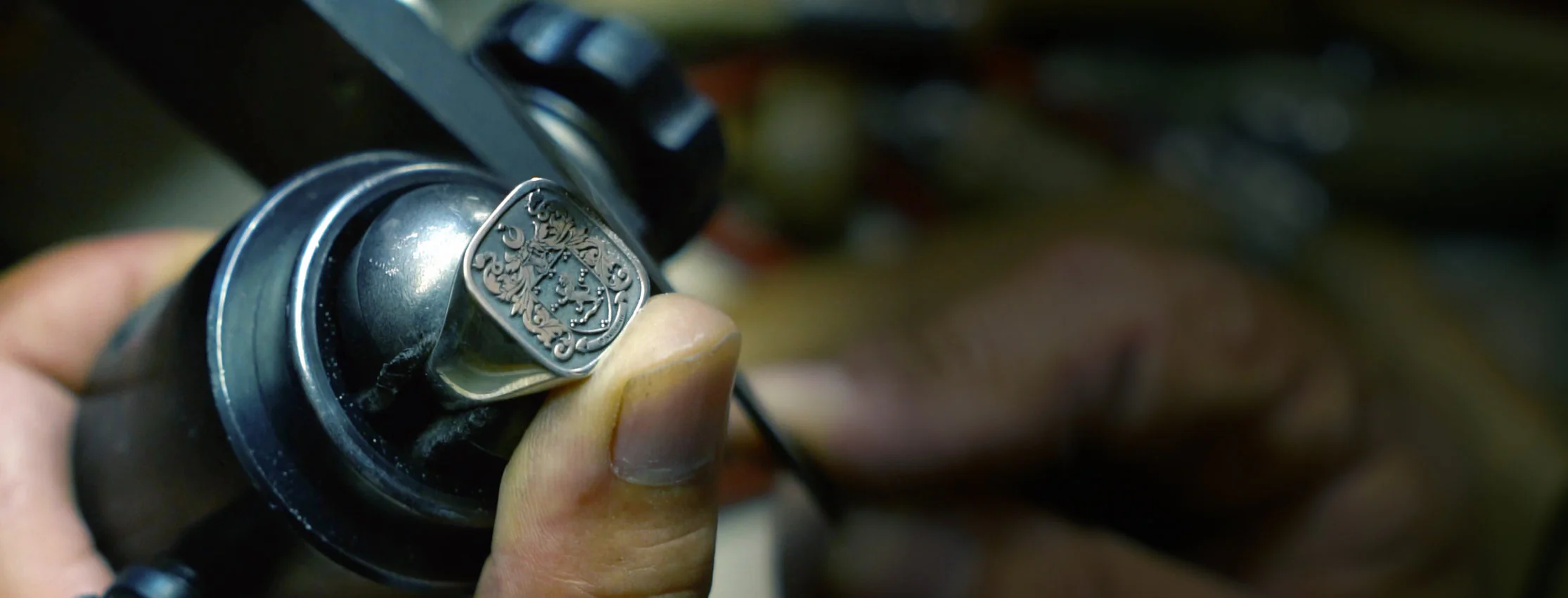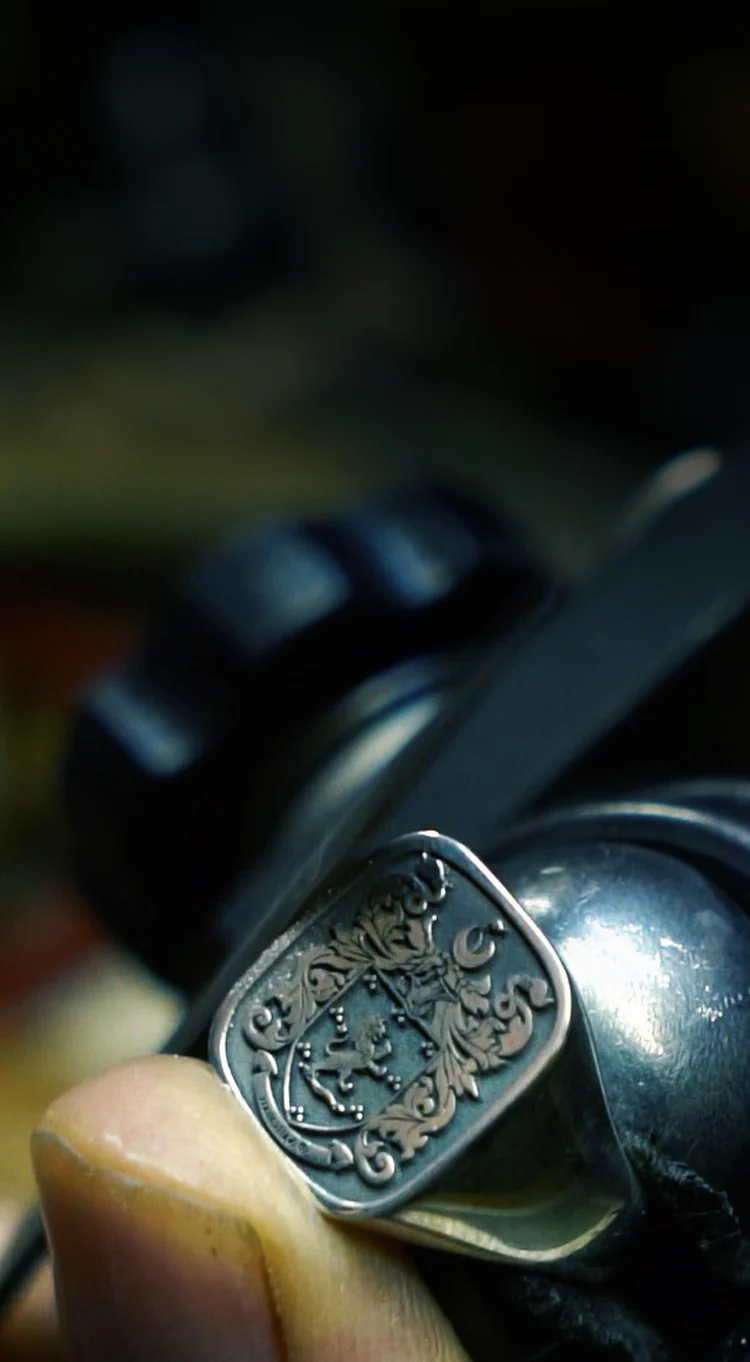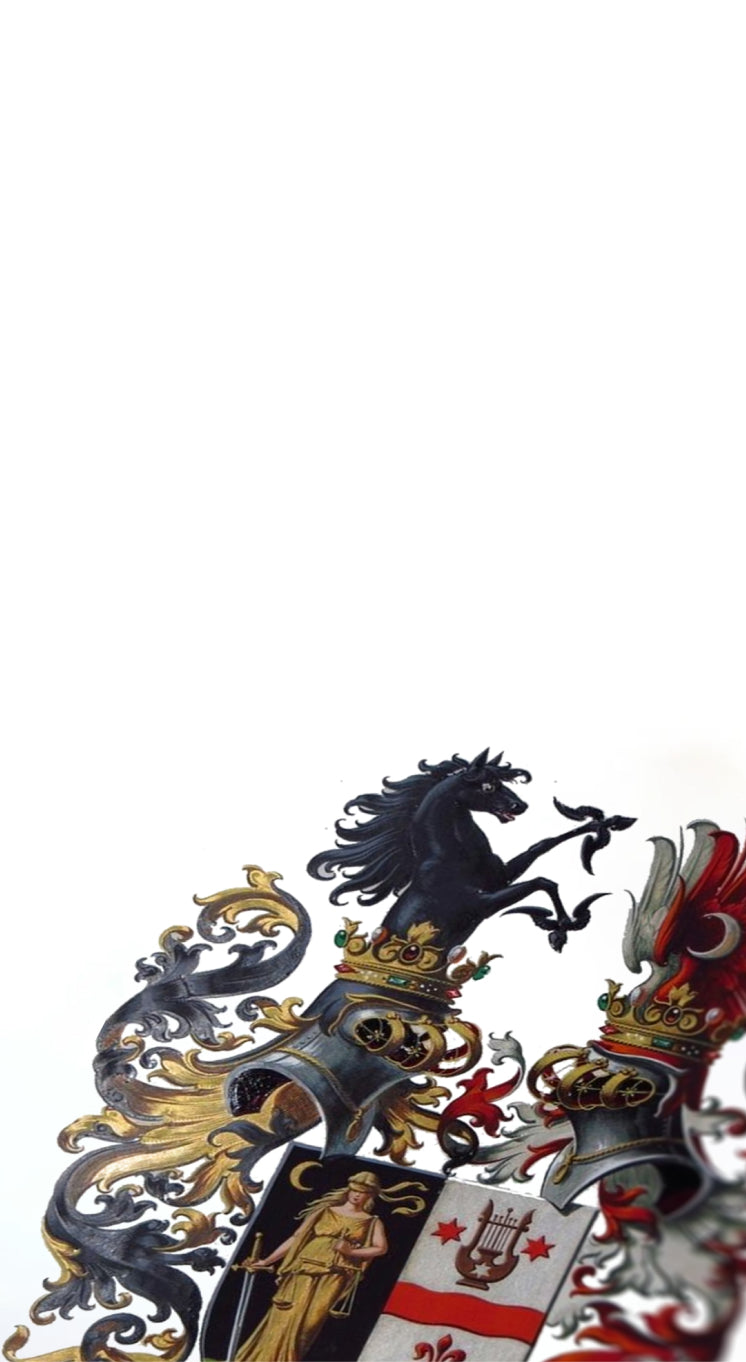The Medieval Church part 2
While bishops and priests worked among the people, guiding them toward God, another group chose a more secluded path. These men built monasteries, dedicating their lives to prayer, work, and worship.


While bishops and priests worked among the people, guiding them toward God, another group chose a more secluded path. These men built monasteries, dedicating their lives to prayer, work, and worship.

SEAL OF RICHARD I The two seals of Richard the Lionheart contain emblems that have a special connection to the Crusades. The first seal contains two crescent moons, each surmounted by a star-shaped object. The crescent moon referred to King Richard’s vocation as a crusader. It was the ancient symbol...
SEAL OF RICHARD I The two seals of Richard the Lionheart contain emblems that have a special connection to the Crusades. The first seal contains two crescent moons, each surmounted by a star-shaped object. The crescent moon referred to King Richard’s vocation as a crusader. It was the ancient symbol...

Islington, a borough of North London, recalls in its Coat of Arms its ancient association with the crusaders through the Knights of St. John, who once held the manor of Highbury, the gold cross potent on a red field in the first quarter of the borough shield being taken from...
Islington, a borough of North London, recalls in its Coat of Arms its ancient association with the crusaders through the Knights of St. John, who once held the manor of Highbury, the gold cross potent on a red field in the first quarter of the borough shield being taken from...

QUEENS COLLEGE ARMS No Coat of Arms from the time of the Crusades are more reverently regarded than those of the crusader’s Kingdom of Jerusalem, which consists of five crosses. The central one is a large cross ‘potent”, or crutch shaped, and it is surrounded by four small plain crosses,...
QUEENS COLLEGE ARMS No Coat of Arms from the time of the Crusades are more reverently regarded than those of the crusader’s Kingdom of Jerusalem, which consists of five crosses. The central one is a large cross ‘potent”, or crutch shaped, and it is surrounded by four small plain crosses,...

The Order of the Garter was founded by King Edward III, under the patronage of St. George. At the time it was written that he ‘appoynted his Souldiers to wear white coats or jackets, with a red crosse before and behinde over their armour, …” and “it was not only...
The Order of the Garter was founded by King Edward III, under the patronage of St. George. At the time it was written that he ‘appoynted his Souldiers to wear white coats or jackets, with a red crosse before and behinde over their armour, …” and “it was not only...

THE SIEGE OF ANTIOCH, 1ST CRUSADE “ Then might you have seen many a banner and pennon of various forms floating in the breeze ……. Helmets with crests, brilliant with jewels, and shining mails, and shields, emblazoned with lions, or flying dragons in gold.”-- Geoffrey de Vinsauf, Itinerary of Richard...
THE SIEGE OF ANTIOCH, 1ST CRUSADE “ Then might you have seen many a banner and pennon of various forms floating in the breeze ……. Helmets with crests, brilliant with jewels, and shining mails, and shields, emblazoned with lions, or flying dragons in gold.”-- Geoffrey de Vinsauf, Itinerary of Richard...

THE 3RD CRUSADE . The concept of Knighthood arose among the nobles and an esquires manor was rated according to the number of knights that were required in order to run their fiefdom. This system was in place in England and Germany by the 13th century. Thus these socio-ethnological foundations...
THE 3RD CRUSADE . The concept of Knighthood arose among the nobles and an esquires manor was rated according to the number of knights that were required in order to run their fiefdom. This system was in place in England and Germany by the 13th century. Thus these socio-ethnological foundations...



